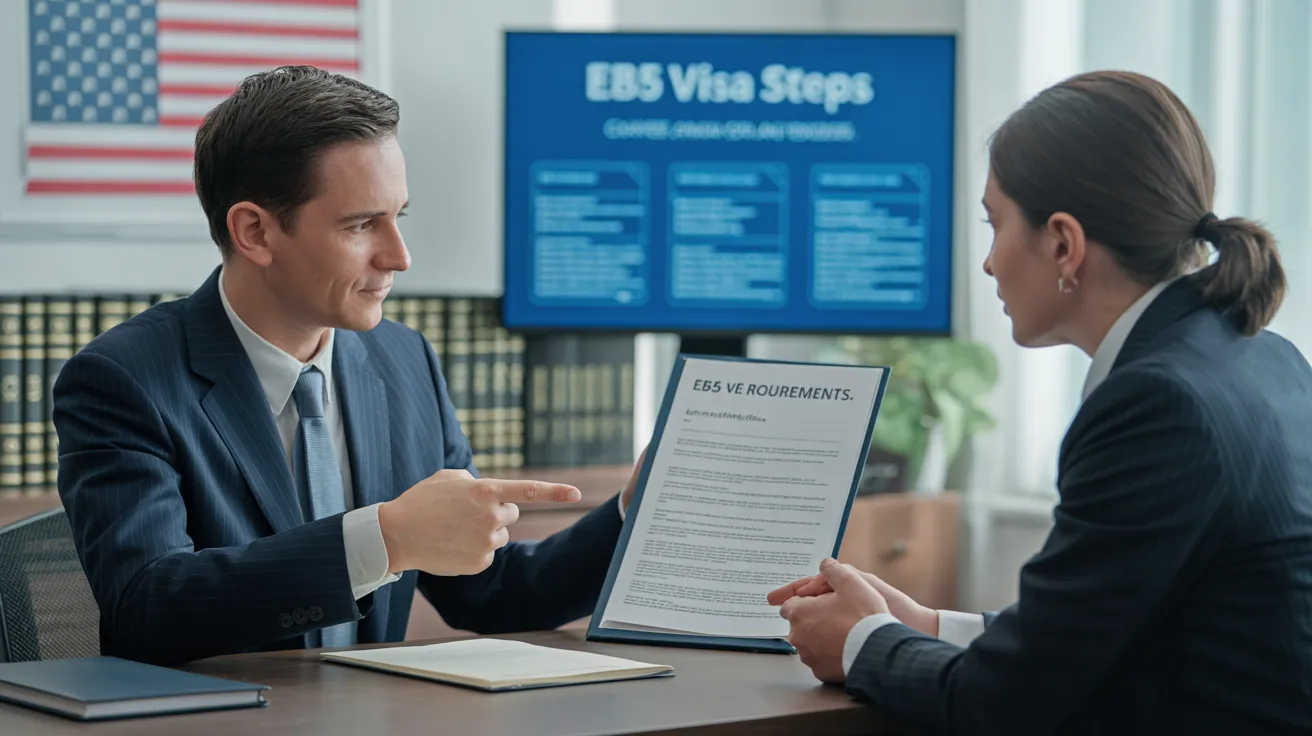What Does L1 Visa Do?
Table of ContentsSome Known Questions About L1 Visa.Unknown Facts About L1 VisaL1 Visa for BeginnersThe L1 Visa PDFsOur L1 Visa DiariesThe Best Strategy To Use For L1 Visa
Offered from ProQuest Dissertations & Theses International; Social Science Premium Collection. DHS Office of the Inspector General. Retrieved 2023-03-26.
United State Division of State. Recovered 2023-02-08. Tamen, Joan Fleischer (August 10, 2013).
The Definitive Guide for L1 Visa
In order to be qualified for the L-1 visa, the international firm abroad where the Recipient was employed and the United state business should have a certifying partnership at the time of the transfer. The different types of certifying partnerships are: 1.
Firm An owns 100% of the shares of Company B.Company A is the Parent and Company B is a subsidiary. There is a certifying relationship between the 2 companies and Firm B must be able to fund the Beneficiary.
Business A possesses 40% of Firm B. The remaining 60% is had and controlled by Business C, which has no connection to Company A.Since Business A and B do not have a parent-subsidiary partnership, Business A can not sponsor the Recipient for L-1.
Example 3: Business A is integrated in the united state and wants to request the Recipient. Business B is included in Indonesia and employs the Beneficiary. Firm A possesses 40% of Company B. The remaining 60% is possessed by Company C, which has no connection to Company A. However, Business A, by official agreement, controls and full handles Firm B.Since Company A has less than 50% of Firm B but handles and regulates the company, there is a qualifying parent-subsidiary relationship and Company A can fund the Beneficiary for L-1.
3 Easy Facts About L1 Visa Described
Affiliate: An affiliate is 1 of 2 subsidiaries thar are both possessed and regulated by the same parent or person, or possessed and regulated by the exact same group of individuals, in essentially the exact same proportions. a. Instance 1: Business A is incorporated in Ghana and employs the Recipient. Company B is integrated in the U.S.
Business C, also incorporated in Ghana, possesses 100% of Business A and 100% of Company B.Therefore, Business A and Business B are "associates" or sister firms and a certifying partnership exists between the two companies. Firm B must be able to fund the Beneficiary. b. Example 2: Business A is integrated in the U.S.
Business A is 60% had by Mrs. Smith, 20% had by Mr. Doe, and 20% had by Ms. Brown. Business B is integrated in Colombia and currently uses the Recipient. Company B is 65% had by Mrs. Smith, 15% owned by Mr. Doe, and 20% had by Ms. Brown. Business A and Business contact us B are associates and have a certifying partnership in two various ways: Mrs.
The L-1 visa is an employment-based visa category established by Congress in 1970, allowing international companies to transfer their managers, executives, or crucial employees to their united state operations. It is generally described as the intracompany transferee visa. There are 2 main kinds of L-1 visas: L-1A and L-1B. These types are ideal for staff members employed in different placements within a company.

Furthermore, the beneficiary needs to have operated in a supervisory, exec, or specialized worker position for one year within the 3 years coming before the L-1A application in the international business. For new workplace applications, foreign work should have been in a supervisory or executive ability if the beneficiary is concerning the USA to function as a supervisor or executive.
Rumored Buzz on L1 Visa

If granted for a united state business functional for greater than one year, the initial L-1B visa is for approximately three years and can be prolonged for an added two years (L1 Visa). On the other hand, if the united state company is freshly established or has been functional for less than one year, the preliminary L-1B visa is released for one year, with expansions available in two-year increments
The L-1 visa is an employment-based visa group developed by Congress in 1970, enabling multinational companies to transfer their managers, executives, or vital personnel to their united state operations. It is commonly referred to as the intracompany transferee visa. There are 2 main kinds of L-1 visas: L-1A and L-1B. These types are appropriate for employees worked with in different placements within a firm.
Indicators on L1 Visa You Should Know
In addition, the recipient needs to have worked in a managerial, executive, or specialized employee position for one year within the three years coming before the L-1A application in the international firm. For new office applications, foreign work has to have remained in a supervisory or executive capacity if the contact us recipient is pertaining to the USA to work as a manager or exec.
for up to seven years to manage the operations of the united state affiliate as an executive or manager. If released for a united state firm that has been operational for greater than one year, the L-1A visa is at first granted for as much as three years and can be expanded in two-year increments.
If provided L1 Visa requirements for a united state business operational for greater than one year, the initial L-1B visa is for as much as 3 years and can be expanded for an extra two years. Conversely, if the united state business is newly developed or has actually been functional for much less than one year, the initial L-1B visa is released for one year, with expansions readily available in two-year increments.